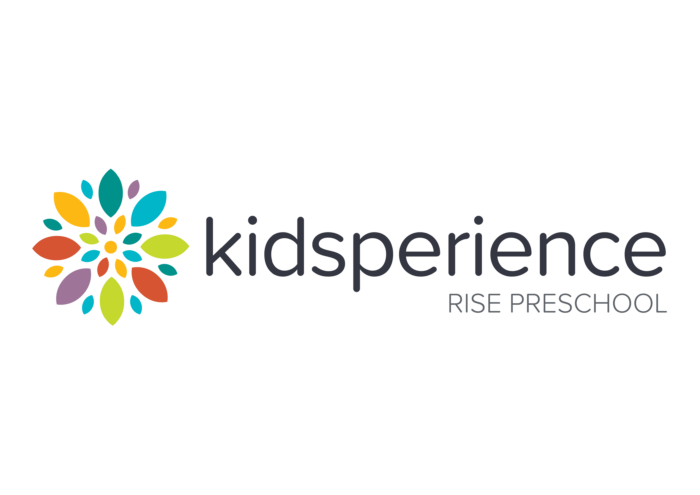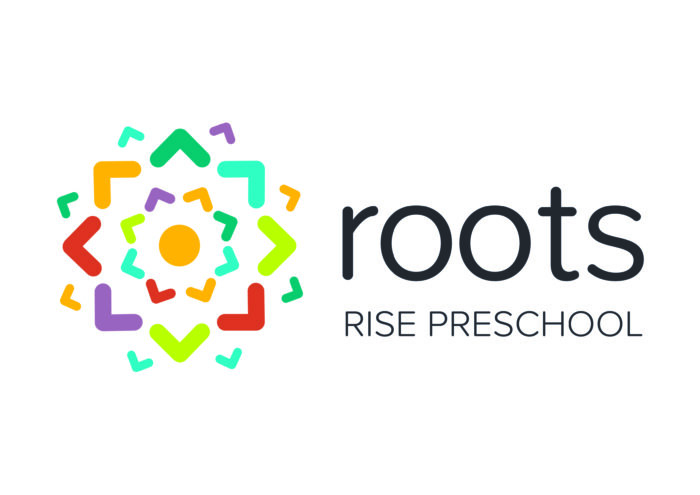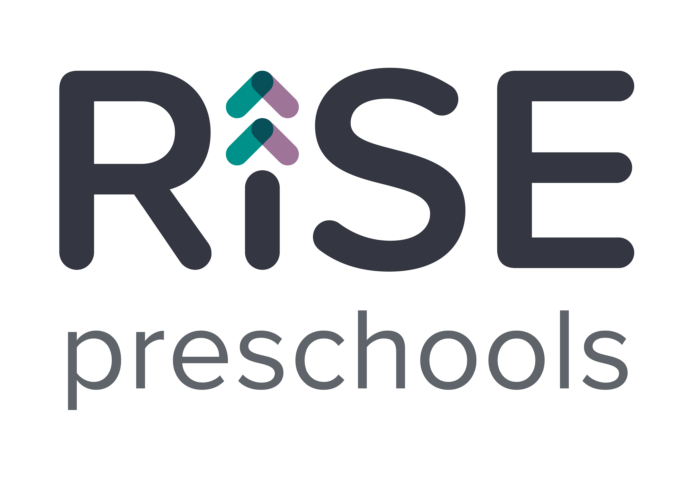Embracing Cultural Diversity in Early Years Education


As we are on the cusp of beginning our International Pen Pal Program, once again, we wanted to explore the importance of introducing and embracing cultural diversity in early years education and introduce ways in which this can be done both in the classroom setting and at home to impact the lives of our youngest community members!
Cultural diversity is a beautiful component of our global society, and its importance in early childhood education cannot be overstated. In the early years classroom, the impact of embracing cultural diversity resonates profoundly in shaping how children perceive the world around them.
Exposing young minds to diverse cultures from an early age cultivates a sense of curiosity and acceptance. Children naturally absorb information and attitudes from their surroundings, and when they are immersed in a diverse environment, they learn to appreciate and respect differences. This exposure broadens their understanding, fostering empathy and tolerance as they interact with peers from various cultural backgrounds.
Moreover, embracing cultural diversity enriches the educational experience. It offers opportunities for children to explore new languages, traditions, music, and stories. These experiences not only provide a deeper understanding of different cultures but also stimulate cognitive development, encouraging flexible thinking and problem-solving skills.
Research indicates that early exposure to diversity positively influences a child’s social and emotional development. It helps in building self-esteem and a sense of belonging, creating an inclusive atmosphere where every child feels valued and accepted for who they are.
As educators and caregivers, our role is pivotal in creating an environment that celebrates diversity. Incorporating multicultural activities, books, and experiences into the curriculum helps children see the world through different lenses. Encouraging discussions about cultural differences and similarities promotes an open-minded approach, instilling in them a lifelong appreciation for diverse perspectives.
By embracing cultural diversity in early years education, we equip children with essential tools for navigating an increasingly interconnected world. We empower them to become compassionate, global citizens who celebrate differences and contribute positively to society.
How can this be done in the classroom?
Cultural Show and Tell: Encourage children to bring in items or stories from their cultural backgrounds to share with the class. This could include traditional clothing, artifacts, or items of significance to their culture. This not only allows children to express pride in their heritage but also educates peers about different traditions.
Multicultural Books and Materials: Provide a diverse collection of books, toys, puzzles, and posters that represent various cultures and languages. Incorporate these materials into different learning areas, encouraging exploration and discussions about diversity.
Celebrating Cultural Festivals: Recognize and celebrate diverse cultural festivals and holidays within the classroom. Engage children in creating decorations, crafts, or trying traditional foods associated with these celebrations. This provides hands-on experiences and enhances understanding of different cultural practices.
Music and Dance: Explore music and dance from various cultures. Play diverse styles of music and teach traditional dances or movements. Children can enjoy moving and expressing themselves while learning about different cultural forms of expression.
Dramatic Play and Dress-Up: Provide dress-up clothes representing different cultures. Encourage children to role-play characters from various backgrounds, fostering understanding and empathy towards different ways of life.
Cultural Games and Activities: Introduce games, rhymes, or activities from different cultures during playtime. Engage children in traditional games from around the world, promoting teamwork and understanding of diverse play experiences.
Invite Guest Speakers or Parents: Encourage parents or community members from different cultural backgrounds to visit the classroom. They can share stories, traditions, or demonstrate activities related to their culture, providing firsthand experiences for the children.
How can we introduce cultural diversity at home?
Explore Books and Stories: Introduce children to books and stories that showcase diverse cultures, traditions, and perspectives. Choose literature that represents characters from various backgrounds. Discuss the stories together, highlighting cultural elements and traditions depicted in the narratives.
Cook and Explore Cuisines: Experiment with cooking dishes from different cultures. Involve children in preparing meals from various cuisines, explaining the origins and significance of the dishes. This hands-on experience allows children to learn about diverse culinary traditions.
Learn a New Language: Introduce children to a new language by incorporating it into daily routines. Use labels, flashcards, or online resources to teach basic words and phrases. Listening to music or watching movies in a different language can also be a fun way to learn.
Visit Cultural Institutions: Take family trips to museums, cultural centers, or events that highlight different cultures. Explore exhibits, attend performances, or participate in workshops that showcase art, music, dance, or history from diverse backgrounds.
Encourage Interactions and Friendships: Encourage children to build friendships with peers from diverse backgrounds. Organise playdates or attend community events where they can interact with others from various cultures. This helps foster understanding and appreciation of different customs and traditions.
Display Cultural Artifacts: Decorate your home with artifacts, artworks, or crafts from different cultures that you have gathered on your travels and when you travel, encourage your children to choose their own authentic souvenir to take home. These visual cues can spark conversations and curiosity about other parts of the world.
Encourage Openness and Respect: Foster an environment where children feel comfortable asking questions and expressing their thoughts about cultural differences. Teach them to be respectful and open-minded towards people of all backgrounds.
Together, let us continue to embrace and celebrate the beautiful diversity that makes our world so vibrant and teach our children the value of respect, acceptance, and unity.

